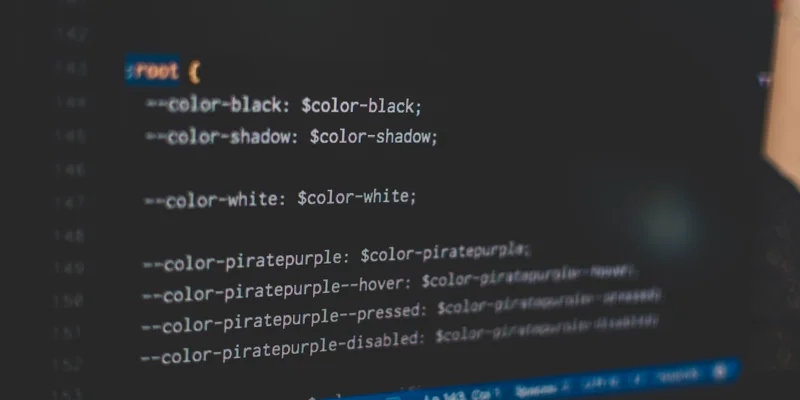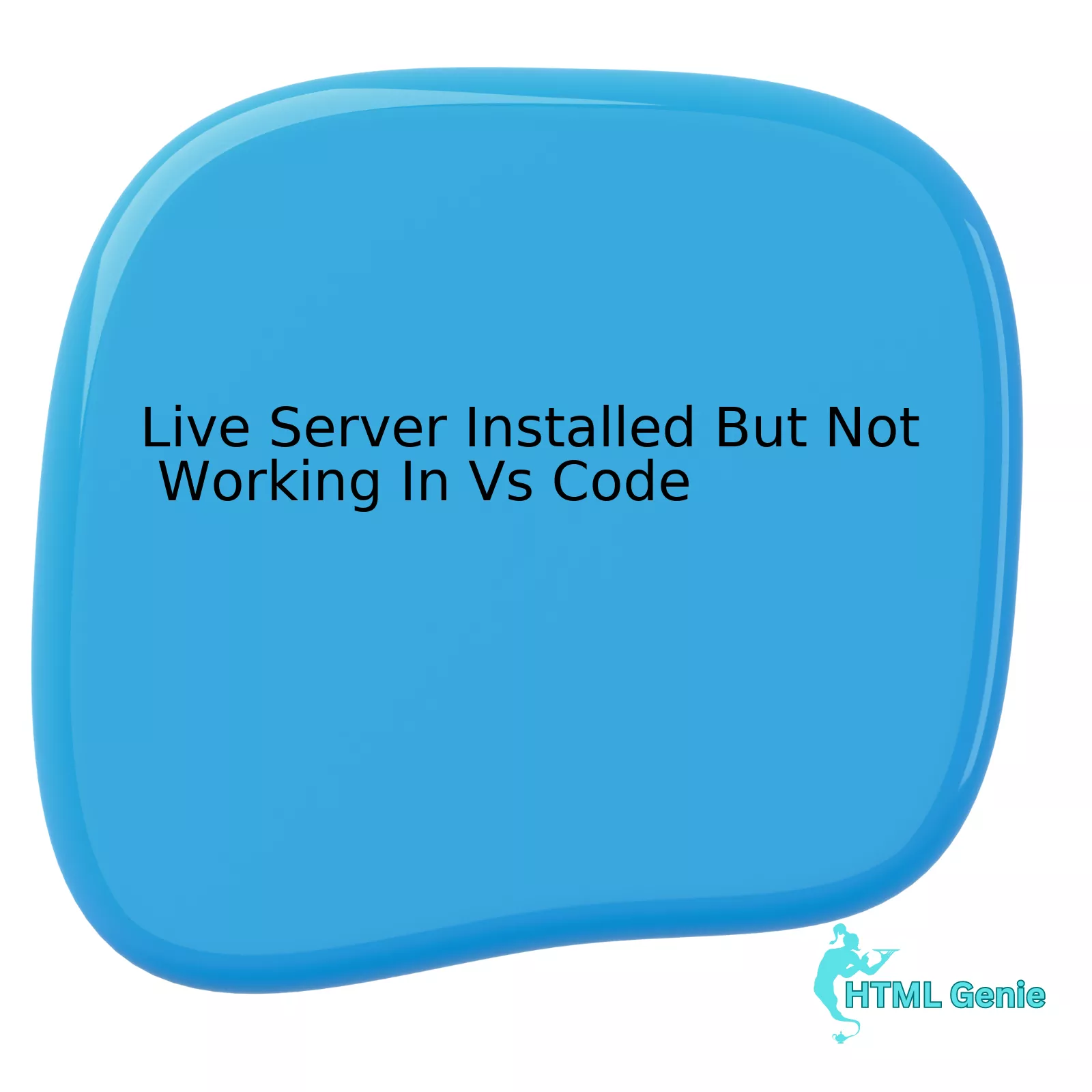The Anatomy of CSS Custom Properties
For years, frontend developers relied on CSS preprocessors like SASS or LESS to bring variable-like functionality to their stylesheets. While transformative, these tools had a fundamental limitation: their variables were static. They were compiled into fixed CSS values before ever reaching the browser. The advent of CSS Custom Properties, officially known as “CSS Custom Properties for Cascading Variables,” changed the game entirely. This powerful CSS3 Feature introduced native, dynamic variables to the CSS language, fundamentally altering how we approach CSS Styling and architecture.
What Are CSS Variables?
At their core, CSS Custom Properties are special entities defined by developers that hold specific values, intended to be reused throughout a document. Think of them as symbolic names for values. Instead of repeating a color code like #3498db in dozens of places, you can define it once as --primary-color and reference that variable. This aligns with the DRY (Don’t Repeat Yourself) principle, a cornerstone of clean code and a vital part of any good CSS Tutorial.
The true power of these “CSS Variables,” however, lies in their dynamic nature. Unlike their preprocessor counterparts, they are live and can be updated in real-time with CSS or even JavaScript. They fully participate in the cascade, meaning they can be scoped, overridden, and inherited, just like any other CSS Properties. This opens up a world of possibilities for theming, responsive design, and creating highly interactive user interfaces.
Syntax and Declaration
The syntax for custom properties is straightforward and designed to avoid conflicts with existing CSS properties.
Declaration: You declare a custom property using a name that begins with two hyphens (--), and assign it a value. It’s common practice to declare global variables within the :root pseudo-class, which targets the highest-level element in the DOM (the element).
:root {
--primary-color: #3498db;
--base-font-size: 16px;
--main-font-family: 'Helvetica', sans-serif;
}
Usage: To use a custom property, you call the var() function, passing the property name as the argument.
body {
font-family: var(--main-font-family);
font-size: var(--base-font-size);
color: #333;
}
a {
color: var(--primary-color);
}
The var() function also accepts an optional second parameter: a fallback value. This value is used if the custom property is not defined, which is a great way to build resilience into your styles.
.header {
/* Uses --header-bg if it exists, otherwise defaults to white */
background-color: var(--header-bg, #ffffff);
}
Harnessing the Power of Scope
The most revolutionary aspect of CSS Custom Properties is their relationship with the cascade and scope. Understanding how to manipulate their scope is the key to unlocking their full potential, moving them from simple constants to the building blocks of a dynamic design system. This is a crucial concept for any modern Frontend Development workflow.

Global vs. Local Scope
The scope of a custom property is determined by the selector where it is defined. This allows for a powerful distinction between global and local variables.
Global Scope: As seen previously, variables defined in the :root selector are considered global. They are accessible from any element in the document because every element is a descendant of the root element. This is the ideal place to define your design tokens: brand colors, typographic scales, spacing units, and other foundational values for your entire Web Design.
:root {
--color-brand: #5a67d8;
--color-text: #2d3748;
--spacing-md: 1rem;
}
Local Scope: You can also define or override custom properties within any other selector. When you do this, the variable is “scoped” to that selector and its descendants. This local scope will always take precedence over the global scope for the elements it applies to. This is where the magic happens. You can create component-specific variations or state-based changes without writing redundant CSS.
/* A generic card component */
.card {
--card-padding: var(--spacing-md);
--card-bg: white;
--card-border-color: #e2e8f0;
padding: var(--card-padding);
background-color: var(--card-bg);
border: 1px solid var(--card-border-color);
border-radius: 8px;
}
/* A "featured" variation of the card */
.card--featured {
/* We only override the variables we want to change */
--card-bg: var(--color-brand);
--card-border-color: var(--color-brand);
/* The color property here uses a global variable */
color: white;
}
In this example, the .card--featured component inherits the --card-padding from the base .card class but provides its own local values for --card-bg and --card-border-color. This makes the code highly modular and easy to maintain.
From Theory to Practice: Real-World Scenarios
Understanding the theory of scope is one thing; applying it to build sophisticated, interactive UIs is another. Let’s explore some practical examples that showcase the power of scoped custom properties in modern Web Development.
Case Study: The Interactive Grid Layout
Imagine a portfolio or product gallery built with CSS Grid. A common design pattern is to have an effect trigger when a user hovers over a specific grid item. With scoped custom properties, we can create complex, localized interactions with surprisingly little code. The trick is to update a local variable on hover, which then feeds into a shared CSS rule like a transition.
First, let’s set up the HTML Structure:
<div class="interactive-grid">
<div class="grid-item"><!-- Content --></div>
<div class="grid-item"><!-- Content --></div>
<div class="grid-item"><!-- Content --></div>
<div class="grid-item"><!-- Content --></div>
</div>
Now, the CSS. We’ll define some default custom properties on the grid item itself. These will act as the “default state.” Then, on :hover, we will simply change the *values* of these properties. The transform and box-shadow properties are only defined once.
.interactive-grid {
display: grid;
grid-template-columns: repeat(auto-fit, minmax(200px, 1fr));
gap: 1.5rem;
}
.grid-item {
/* Define local, scoped properties for this component's state */
--scale: 1;
--shadow-opacity: 0.1;
--shadow-y: 5px;
/* The actual styling rules that USE the variables */
background-color: #fff;
border-radius: 8px;
padding: 1rem;
box-shadow: 0 var(--shadow-y) 15px rgba(0, 0, 0, var(--shadow-opacity));
transform: scale(var(--scale));
transition: transform 0.3s ease, box-shadow 0.3s ease;
}
.grid-item:hover {
/* On hover, just update the values of the local properties! */
--scale: 1.05;
--shadow-opacity: 0.2;
--shadow-y: 10px;
}
This is an incredibly powerful and clean pattern. We are not rewriting rules on hover. We are dynamically updating the inputs to those rules. This technique is a fantastic CSS Trick for creating micro-interactions in a Grid Layout or Flexbox Layout, making your UI feel more alive and responsive to user input.
Dynamic Theming and Dark Mode
One of the most popular applications for custom properties is theming. By defining your color palette globally on :root, you can create a dark mode (or any other theme) by simply overriding those variables within a single class selector.
/* Default Light Theme */
:root {
--bg-color: #f8f9fa;
--text-color: #212529;
--card-bg: #ffffff;
--link-color: #007bff;
}
/* Dark Theme overrides */
.dark-mode {
--bg-color: #1a202c;
--text-color: #e2e8f0;
--card-bg: #2d3748;
--link-color: #63b3ed;
}
body {
background-color: var(--bg-color);
color: var(--text-color);
transition: background-color 0.3s ease, color 0.3s ease;
}
.card {
background-color: var(--card-bg);
}
a {
color: var(--link-color);
}
With this setup, all it takes is a single line of JavaScript to toggle the .dark-mode class on the or element, and the entire application re-themes itself instantly. This is far more efficient and maintainable than having a separate stylesheet or a long list of overrides for every component, a common pain point in older projects or even some modern CSS Framework implementations.
Best Practices and Common Pitfalls
While incredibly powerful, custom properties require a thoughtful approach to be used effectively. Adhering to best practices will ensure your stylesheets remain scalable, maintainable, and performant.
Custom Properties vs. Preprocessor Variables (SASS/LESS)
A common question is when to use CSS Custom Properties versus variables from a CSS Preprocessor like SASS. The answer is: they serve different purposes and can be used together.

- SASS/LESS Variables: These are static and compile-time. They are perfect for values that will never change at runtime, such as defining media query breakpoints, managing z-index layers, or referencing values within mixins and functions. They are not accessible to JavaScript.
- CSS Custom Properties: These are dynamic and runtime. They are ideal for values that need to change in response to user interaction, component state, or theming. They can be read and manipulated by JavaScript, making them perfect for bridging the gap between your logic and your styles.
A robust strategy is to use SASS to set the value of a CSS Custom Property. This gives you the power of preprocessor logic (like color functions) while still producing a dynamic, browser-native variable.
// SASS code
:root {
--primary-color: #{$brand-primary}; // $brand-primary is a SASS variable
--primary-color-dark: #{darken($brand-primary, 10%)};
}
Common Pitfalls to Avoid
- Inconsistent Naming: Without a convention, your variable names can become chaotic. Adopt a clear naming scheme, perhaps prefixing with the component name (e.g.,
--card-) or its purpose (e.g.,--color-,--font-). - Over-abstraction: It can be tempting to turn every single value into a variable. This can make the CSS harder to read and debug. Create variables for values that are repeated or that you intend to change dynamically. A static, one-off value is often fine as-is.
- Forgetting Fallbacks: When creating reusable components, always consider providing a fallback value in
var(). This makes your component more robust and prevents it from breaking if a required custom property isn’t defined in the consuming context.
Accessibility Considerations
When using custom properties for theming, Web Accessibility must be a top priority. Ensure that your color combinations always meet WCAG contrast ratio guidelines. When creating a dark mode, for example, it’s not enough to just invert colors. You must test that your text remains legible against its new background. Using browser developer tools and online contrast checkers is essential to ensure your dynamic themes are usable by everyone.
Conclusion: A New Era of Dynamic Styling
CSS Custom Properties are far more than a simple replacement for preprocessor variables. They represent a paradigm shift in how we write and structure our CSS for the modern web. By understanding and harnessing the power of scope, we can move beyond static stylesheets and build truly dynamic, component-based, and easily maintainable design systems directly in the browser.
From creating elegant micro-interactions in a Grid Layout to implementing site-wide theming with a single class toggle, the ability to define, override, and update variables at a local level is a game-changer. By embracing these Modern CSS techniques, developers can write cleaner, more powerful, and more efficient code, ultimately leading to better user experiences and more scalable frontend architectures. The next time you’re building a component, think about its dynamic states and consider how scoped custom properties can bring it to life.




